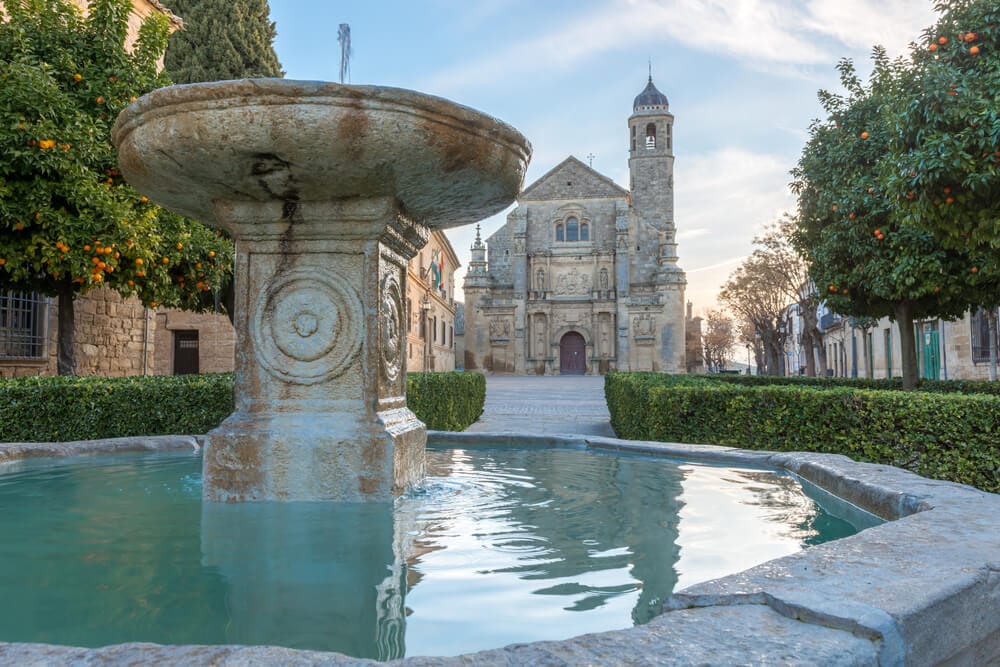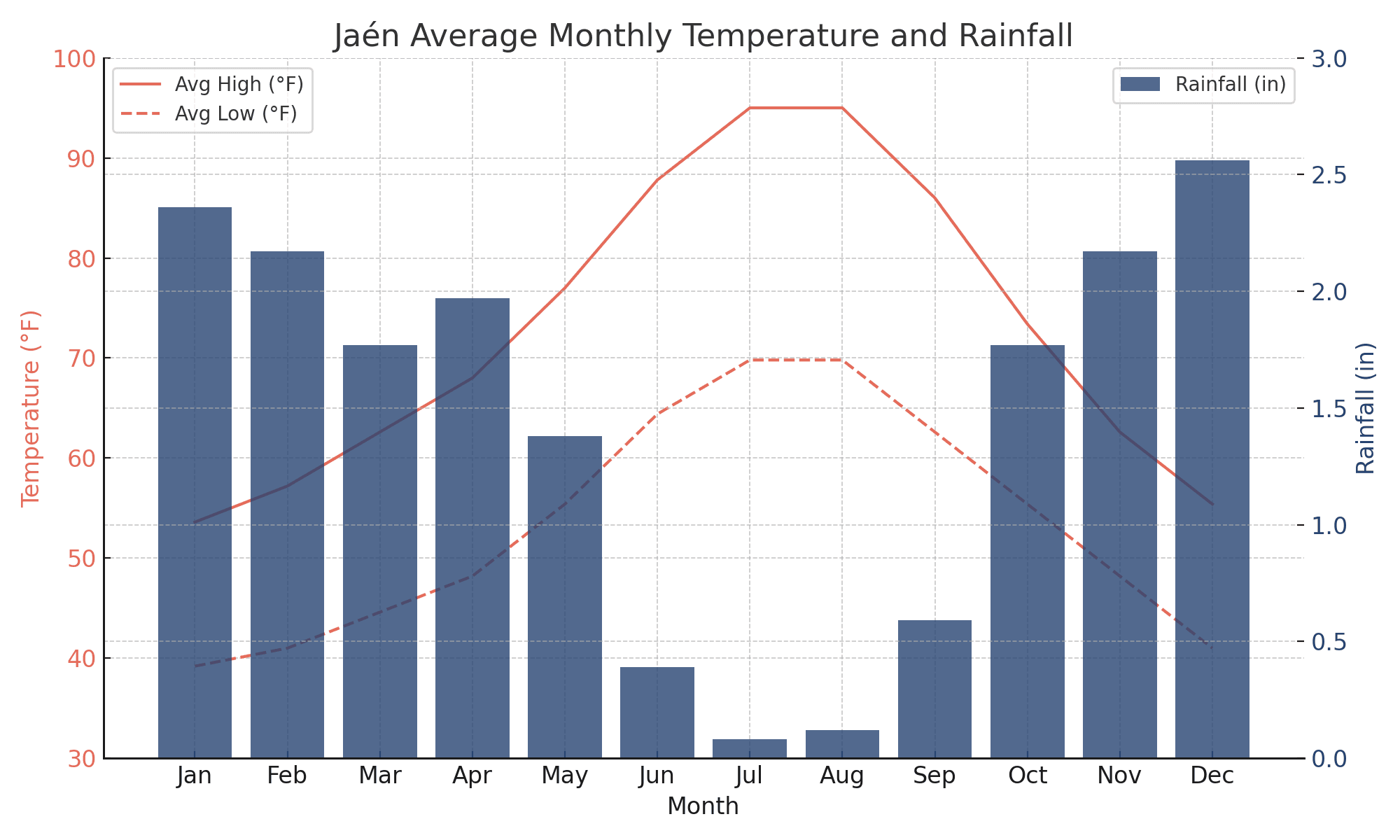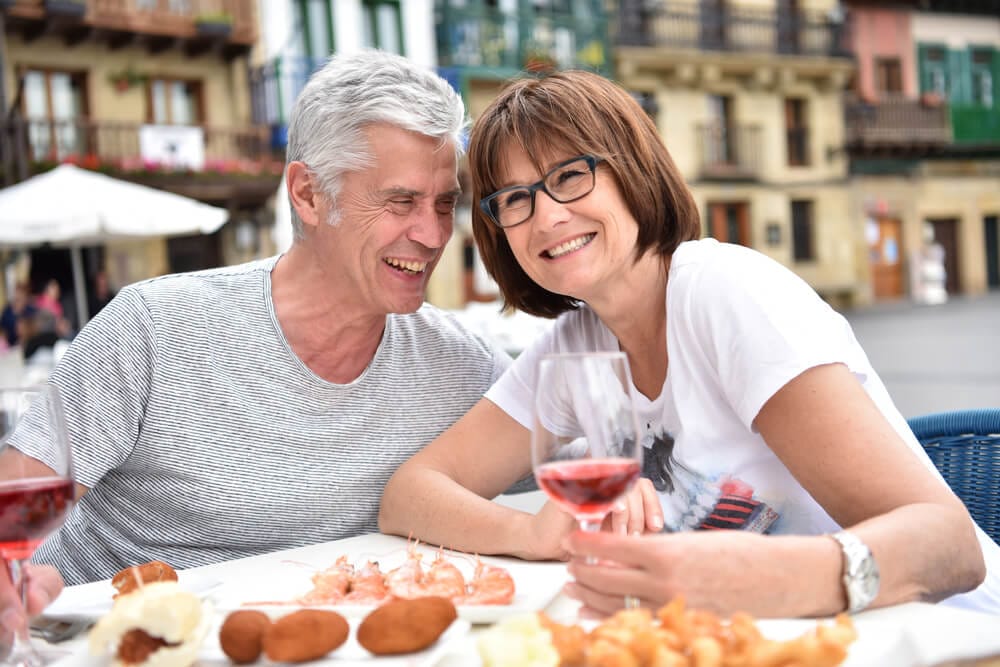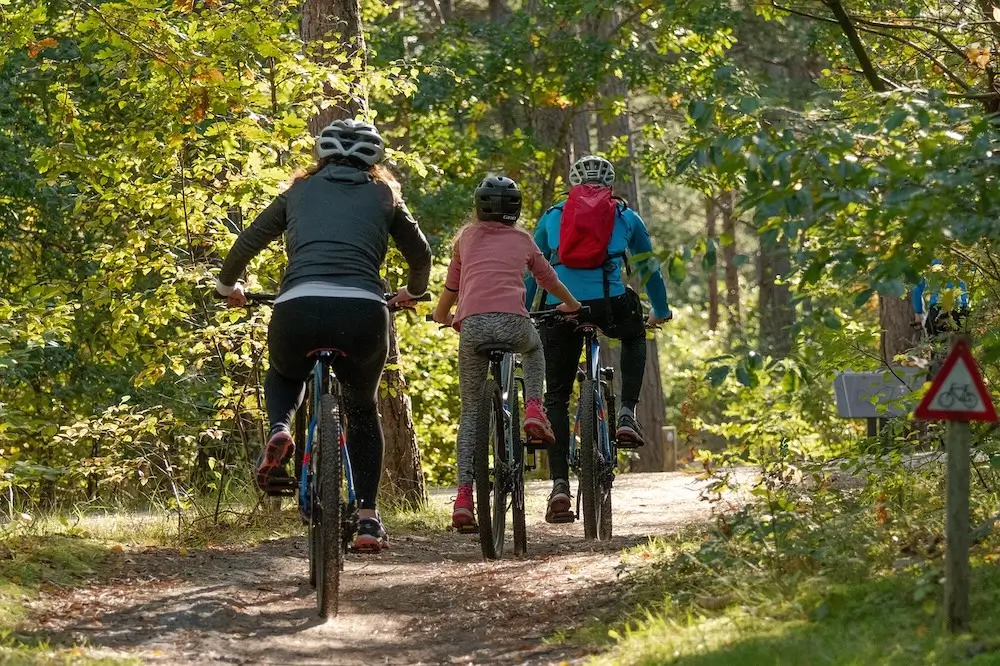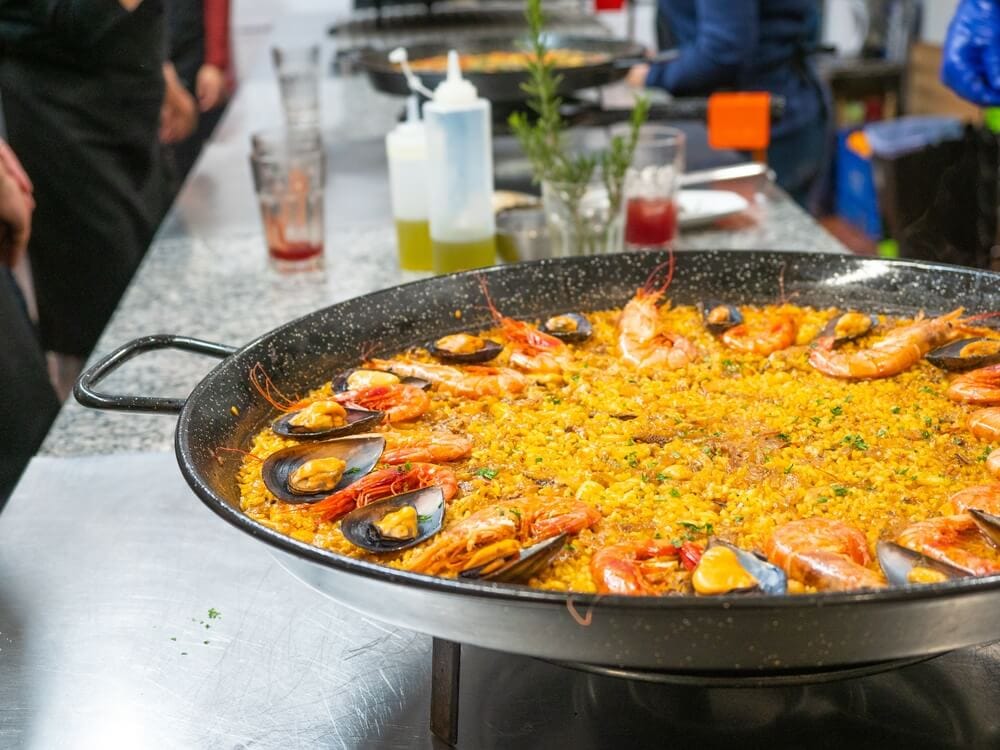Úbeda & Baeza Travel Guide
A Journey Through Time in Andalusia’s Renaissance Jewels
Our Úbeda & Baeza travel guide allows you to plan your trip to Úbeda & Baeza for a journey into Spain's Renaissance heartland. When you visit Úbeda & Baeza Spain, you'll stroll through UNESCO-listed plazas, ornate palaces, and cobbled lanes steeped in history. This guide covers the top things to do in Úbeda & Baeza, from tasting olive oils in ancient presses to admiring stunning cathedral architecture. With our expert Úbeda & Baeza travel tips, luxury travelers can expect boutique stays in converted mansions, authentic cultural insights, and a relaxed, informed approach to exploring these twin gems.
What to do
History & Culture
Music & Dance
Festivals
Art & Museums
Outdoors & Nature
Food & Wine
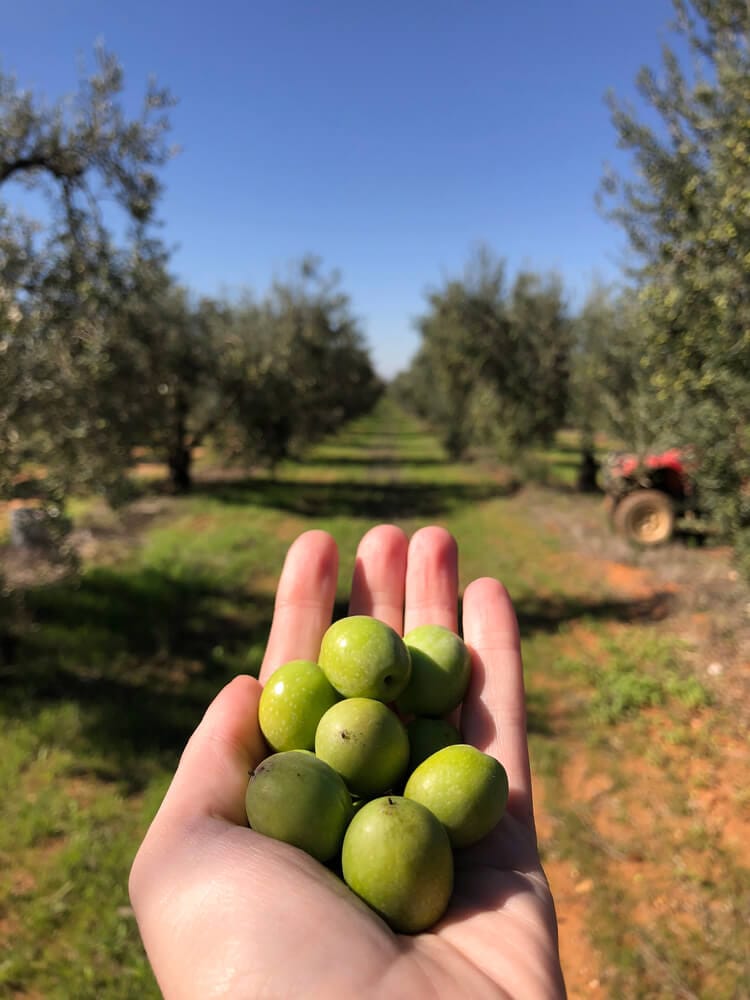
SIGN UP FOR OUR NEWSLETTER OR FOLLOW US ON SOCIAL MEDIA
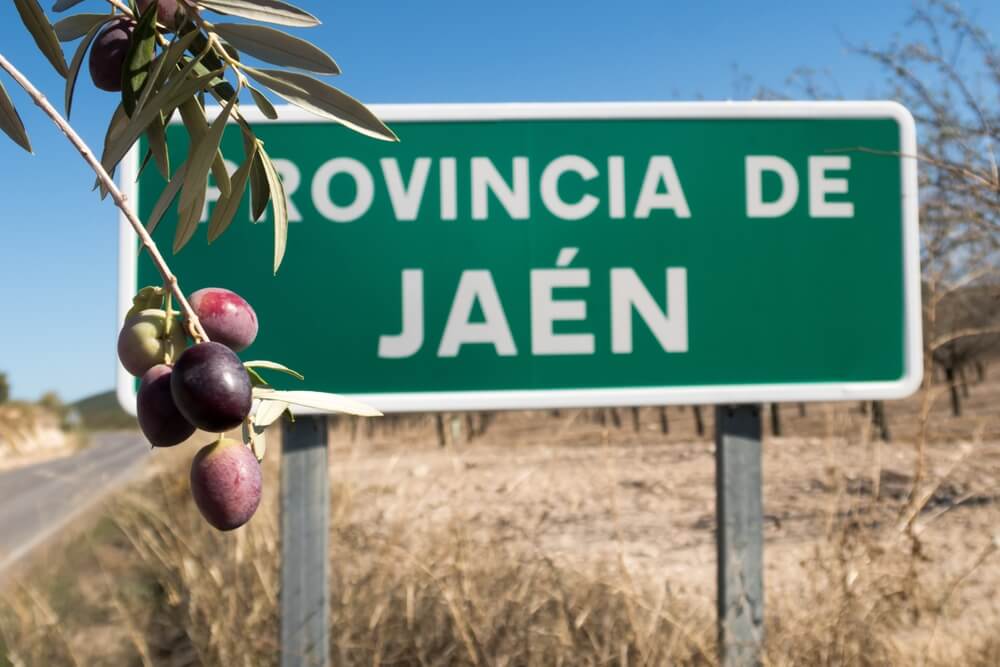
What & Where to Eat
Úbeda and Baeza boast a rich culinary scene where traditional Andalusian flavors shine through in every dish, reflecting the deep history and olive oil heritage of the region. Begin your journey with local specialties like andrajos, a rustic stew with rabbit and flatbread, or pipirrana, a refreshing tomato and pepper salad drizzled with the area’s famed extra virgin olive oil. Meat lovers will enjoy lomo de orza, marinated pork preserved in olive oil, while those with a sweet tooth must try ochíos, small saffron-infused breads often paired with rich pâtés or sugar and anise for a sweeter treat.
Pair your meal with a glass of local wine from nearby Sierra de Segura or a drizzle of award-winning Jaén olive oil, the true star of the region’s gastronomy. Whether you’re craving hearty, time-honored dishes or modern interpretations of Andalusian flavors, Úbeda and Baeza offer a variety of exceptional dining experiences:
- Cantina La Estación (Úbeda): A cozy and contemporary spot that elevates traditional dishes with creative flair, perfect for an intimate dining experience.
- Vandelvira (Baeza): located in a fabulous historic building designed by the renowned architect Andrés de Vandelvira, this one Michelin starred restaurant offers modern cuisine crafted from local ingredients
- Restaurante Zeitúm (Úbeda): A refined establishment that showcases the region’s olive oil in every dish, blending tradition with innovation.
Whether you’re indulging in homemade stews, savoring Michelin starred cuisine, or exploring the rich flavors of Jaén’s olive oil, Úbeda and Baeza invite you on a culinary journey that honors their deep-rooted gastronomic traditions.

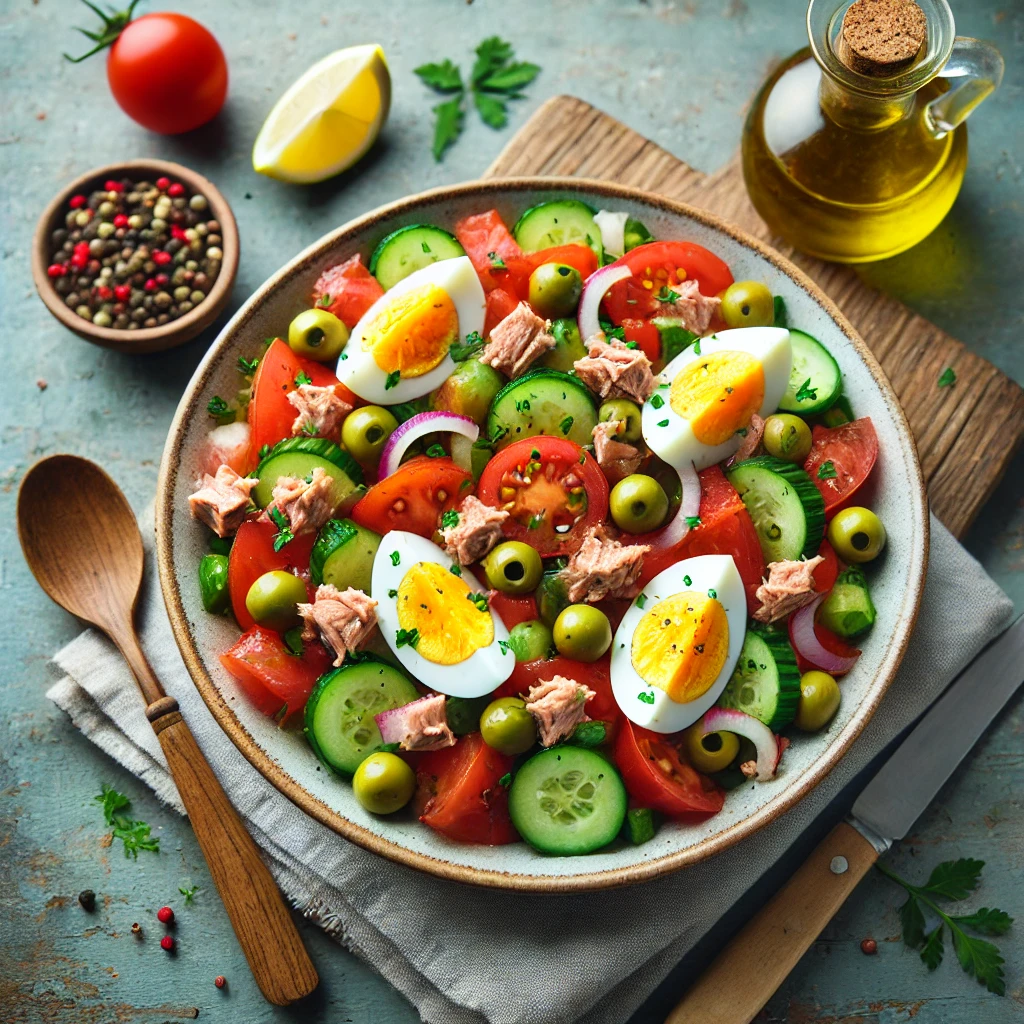
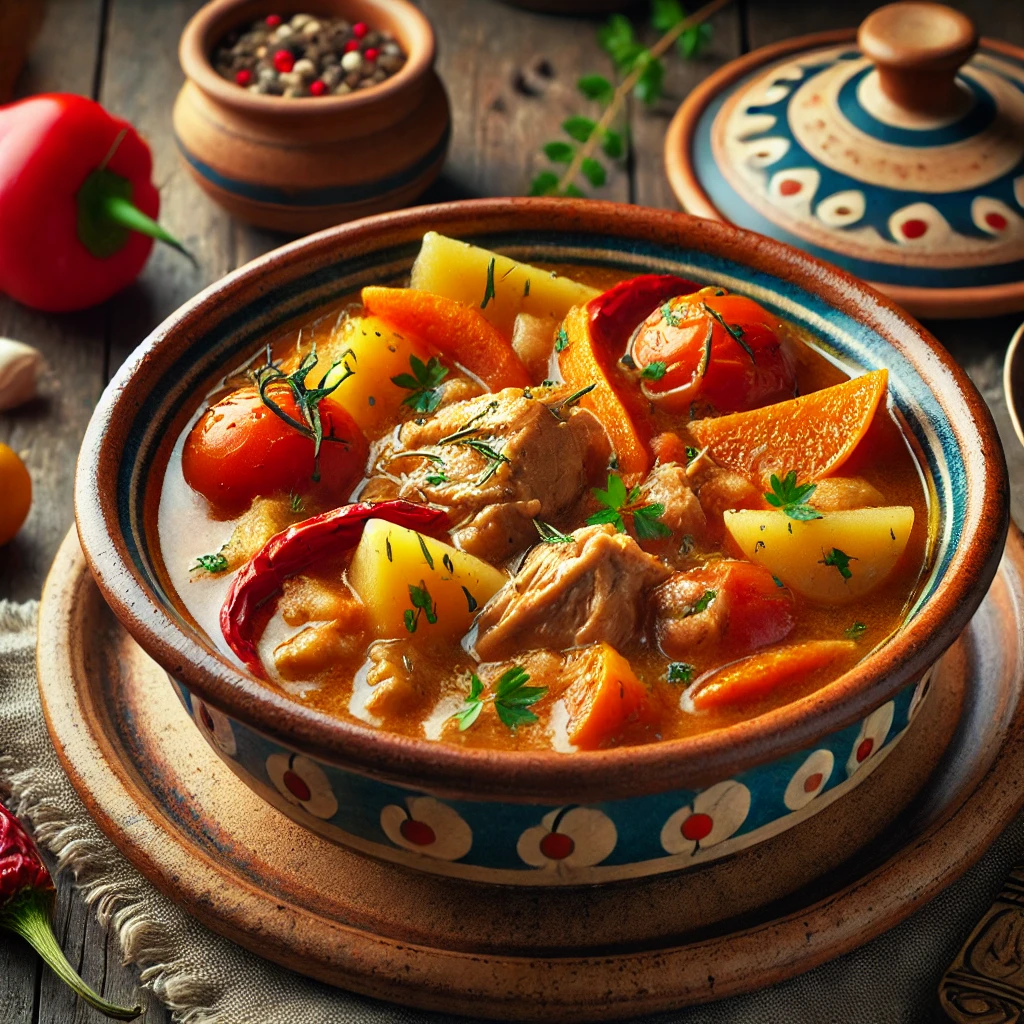
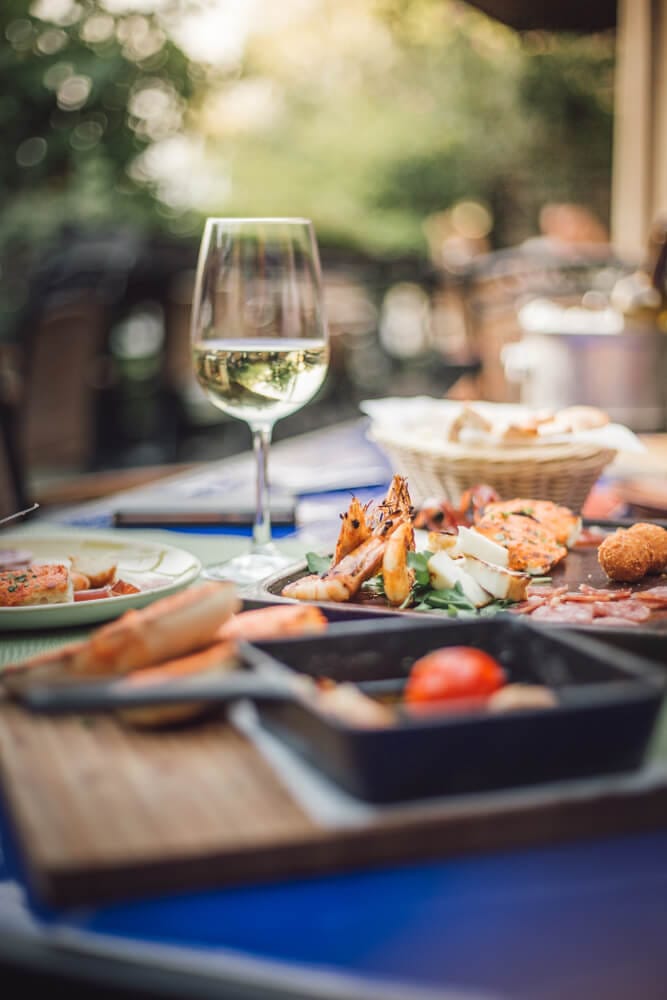
Where to Stay
Úbeda and Baeza offer a range of accommodations that blend Renaissance elegance with modern comforts, making them perfect for travelers looking to immerse themselves in history. Whether you prefer luxury, boutique charm, or a traditional Andalusian stay, these UNESCO-listed towns have something to suit every style.
Luxury: Palacio de Úbeda offers a luxurious stay in the heart of the city, blending Renaissance elegance with modern comfort. Set in a beautifully restored 16th-century palace, this five-star hotel features stunning architecture and a rooftop pool with breathtaking views, an ideal choice for those seeking a refined and unforgettable stay
Boutique: Hotel Puerta de la Luna in Baeza, set in a beautifully restored noble house, offers an intimate and stylish retreat with charming courtyards, a pool, and elegant décor, perfect for a romantic getaway.
Historical Charm: The Parador de Úbeda, housed in a stunning 16th-century palace, offers an unforgettable stay with grand courtyards, antique furnishings, and refined Andalusian hospitality. Located in the heart of the historic center, it’s ideal for those seeking a regal experience.
Whether indulging in Renaissance luxury, staying in a chic boutique hotel, or embracing local historical charm, Úbeda and Baeza promise a memorable and immersive stay.
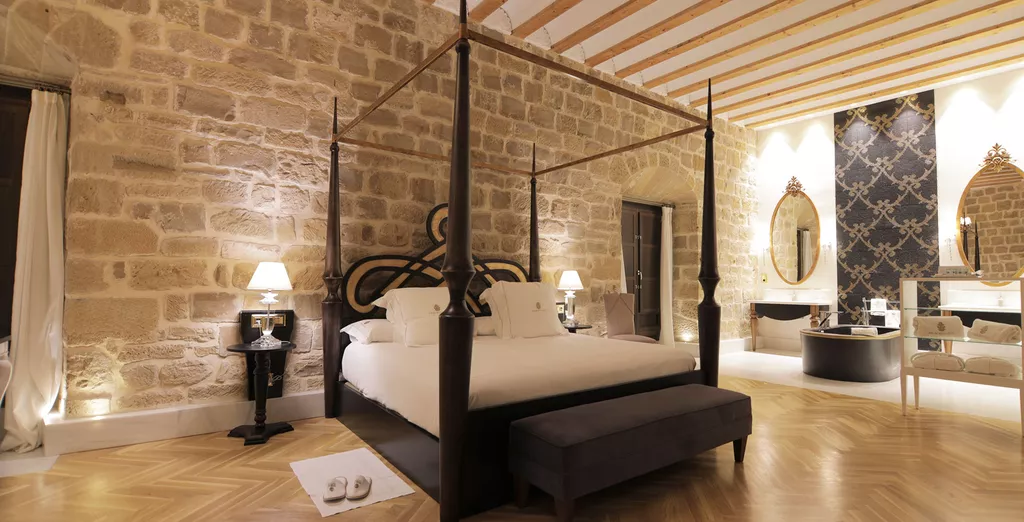
Things to know
Language
Currency
Credit Cards & Atms
Climate
Úbeda and Baeza experience a continental Mediterranean climate, characterized by hot, dry summers and cooler winters. In July and August, temperatures can soar to around 95°F (35°C), making early mornings and evenings the best times for exploring the cities’ stunning Renaissance architecture. Winters are mild but crisp, with lows averaging 37°F (3°C) in January, offering a quieter, atmospheric setting for sightseeing. Rain is scarce, mostly falling between November and February, while spring and autumn provide the most pleasant conditions, with mild temperatures and fewer crowds—perfect for strolling through historic plazas, discovering UNESCO-listed landmarks, or enjoying the region’s olive oil festivals.
Destination tidbits
Úbeda and Baeza are living museums of Spanish Renaissance history, with every plaza, palace, and church telling a story of their golden past. Both UNESCO-listed towns are home to some of Spain’s most stunning examples of 16th-century architecture.
In Úbeda, the Plaza Vázquez de Molina is the city’s architectural heart, surrounded by landmarks like the Sacra Capilla del Salvador, an exquisite chapel with a richly decorated façade, and the Palacio de las Cadenas, now the town hall. Strolling through its historic streets, you’ll find elegant mansions and grand churches that reflect the town’s noble heritage.
Baeza, smaller but equally captivating, enchants visitors with its Santa María Cathedral, built over a former mosque, and the Plaza del Pópulo, where Renaissance fountains and palaces create a timeless atmosphere. The University of Baeza, once home to poet Antonio Machado, adds to the town’s literary and intellectual legacy.
Fascinating Tidbit: Úbeda and Baeza’s Renaissance boom was largely due to their role as key trading centers in the 16th century, with wealthy patrons commissioning grand buildings that still define their skylines today.
For history lovers, these towns offer an immersive journey into Spain’s past, where Renaissance splendor meets Andalusian charm at every turn.
